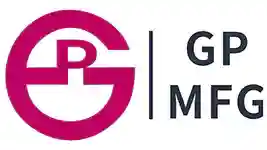Surface Finishing Services
- Quick, visually appealing finishes
- Enhanced durability and aesthetics
- Expertise for complex parts/materials
- Over 10 surface prep options
- Ideal finishes for molds and parts
Our extensive surface finishing capabilities
GPMFG is proud to offer top-of-the-line finishing services to our valued customers. Our state-of-the-art equipment allows us to achieve precise, high-quality finishes that meet even the most demanding specifications. With our experienced team and cutting-edge technology, we can offer a wide range of finishing options, including painting, plating, and more. Additionally, we are committed to environmental friendliness and sustainability. Our finishing processes use eco-friendly materials and methods, reducing waste and emissions. At GPMFG, we strive to exceed customer expectations while also being responsible stewards of the environment.
- Superior finishing services with over 20 years of experience
- Environmentally friendly processes and materials
- Over 10 surface finish options are available.
Our surface finishing method
We offer a wide range of finishing services, including painting, texturing and polishing, and offer a wide selection of colors. In addition to superior quality, we are committed to the environment. We use environmentally friendly paints and coatings and recycle all waste materials.
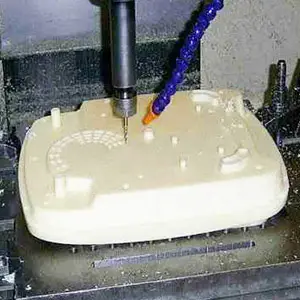
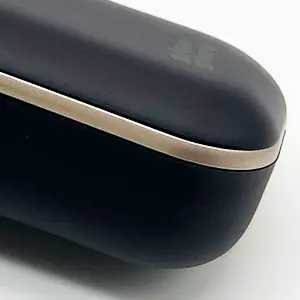
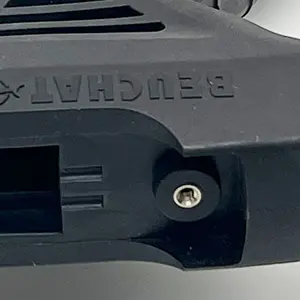
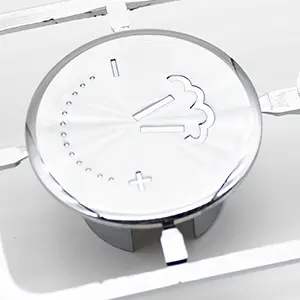
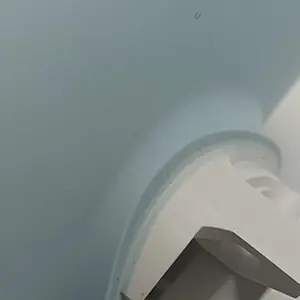
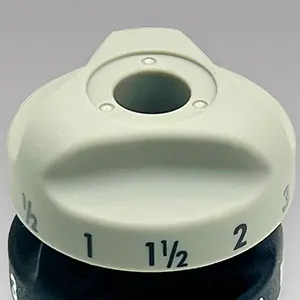
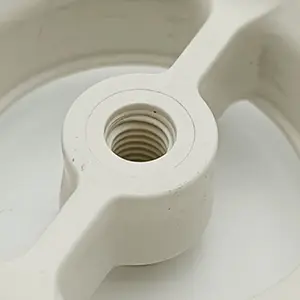
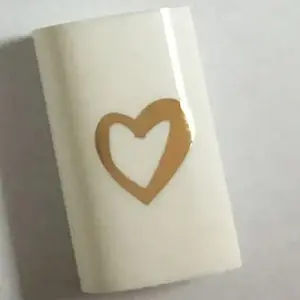
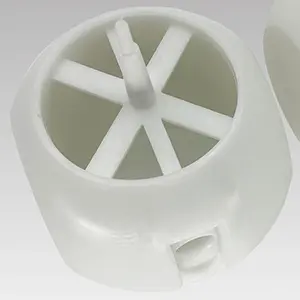
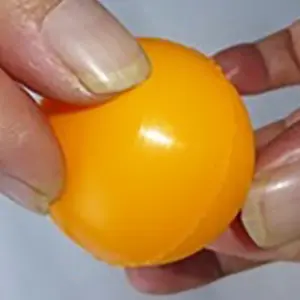
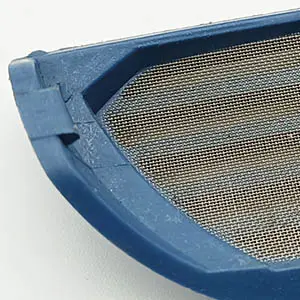
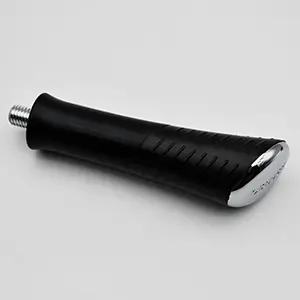
Metal Products Finishing Services
Deburring
The standard finish for our parts, the “as machined” finish, has a surface roughness of 3.2 μm (126 μin), which removes sharp edges and deburs parts cleanly.
Materials
All materials
Color
n/a
Texture
Stain
Price
$
Bead Blasting
Bead blasting is the process of powerfully propelling, generally with high pressure, a stream of blast media against a surface to remove unwanted coating layers and surface impurities.
Anodizing
Anodizing is an electrolytic process that creates a protective layer of oxide on the surface of the die cast component. This improves its corrosion and wear resistance.
Materials
Aluminum
Color
Clear, black, grey, red, blue, gold
Texture
Smooth, matte finish
Price
$$
Electroplating
The process of electroplating deposits a thin layer of metal on the surface of a part. The most commonly used metals for electroplating are nickel, chromium, zinc and gold.
Materials
Aluminum, steel, stainless steel
Color
Gold, silver, nickel, copper, brass
Texture
Smooth, glossy finish
Price
$$$
Polishing
Ranging from Ra 0.8~Ra0.1, polishing processes use an abrasive material to rub the part’s surface to make the shine more less shiny, depending on your requirements.
Powder Coating
Using corona discharge, we make the powder coating adsorbed to the part, creating a more wear-resistant layer with a typical thickness ranging from 50 μm up to 150 μm.
Brushing
Brushing can be used for aesthetic purposes, to improve the durability of the material, or to make the material more resistant to corrosion.
Painting
Painting involves spraying a layer of paint onto the surface of the part. Colors can be matched to a Pantone color number of the customer’s choosing, while finishes range from matte to gloss to metallic.
Materials
Aluminum, Stainless Steel, Steel
Color
Custom
Texture
Gloss, semi-gloss, flat, metallic, textured
Price
$$$
Pad Printing
Pad printing is a process of transferring a 2D image onto a 3D object using a silicone pad. It is also a durable process that can withstand wear and tear.
Laser
Laser etching and engraving are two processes that use a laser to create permanent marks on a surface. Laser etching uses a laser to vaporize the surface of the material, while laser engraving uses a laser to remove material from the surface.
Bead Blasting
Bead Blasting is usually used to prepare surfaces for painting or other finishing treatments. It can also be used to remove rust, paint, or other contaminants from a surface. In some cases, bead blasting is used to create a specific texture on a surface, such as a matte finish or a stippled pattern.
The texture of a bead-blasted surface can vary depending on the size and type of abrasive used, as well as the pressure and duration of the blasting process. A fine-grit abrasive will produce a smooth, satin finish, while a coarser abrasive will create a more rough texture.
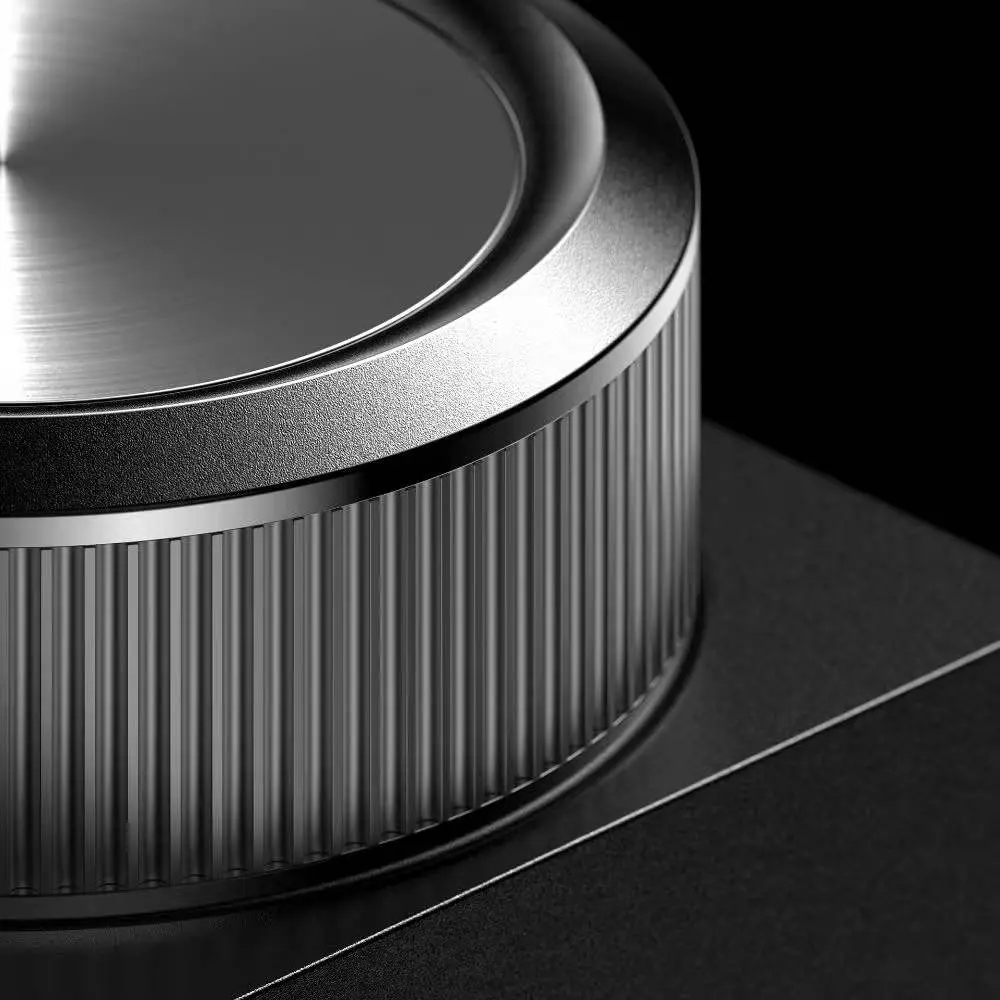
Specifications
| Aspect | Description |
|---|---|
| Process | Small spheres of abrasive material are blasted at high pressure against a surface. |
| Materials | Metal, plastic, glass, and other materials. |
| Texture | Can vary depending on the size and type of abrasive used, as well as the pressure and duration of the blasting process. |
| Standard | There are a number of guidelines that can be followed to ensure the quality of the finish. |
| Applications | Removal of rust, paint, or other contaminants; creating a specific texture on a surface. |
features
Benefits:
- It is a safe and effective way to clean surfaces.
- It can be used to remove rust, paint, and other contaminants.
- It can be used to prepare surfaces for painting or coating.
- It can be used to create a variety of textures.
- It is a cost-effective process.
Considerations:
- Surface finish: The desired surface finish will affect the type of bead used, the blasting pressure, and the blasting time.
- Tolerances: If there are tight tolerances on the part, masking or plugging may be necessary to protect the areas that do not need to be blasted.
- Thin walls: Thin walls should not be blasted, as they may be deformed by the impact of the beads.
Anodizing
Anodizing is an electrochemical process that converts the aluminum surface into a decorative, durable, corrosion-resistant, anodic oxide finish. Anodizing is used to increase the thickness of the natural oxide layer on aluminum, which improves corrosion resistance and wear resistance. It also allows for the aluminum to be dyed in a variety of colors.
There are two main types of anodizing: Type II and Type III.
Type II anodizing is the most common type of anodizing. It is a sulfuric acid anodizing process that produces a hard, durable oxide layer on the surface of the aluminum. Type II anodizing can be dyed in a variety of colors.
Type III anodizing is a hardcoat anodizing process that produces a thicker, more wear-resistant oxide layer on the surface of the aluminum. Type III anodizing is typically used in applications where high wear resistance is required, such as in firearms, aerospace, and automotive applications.
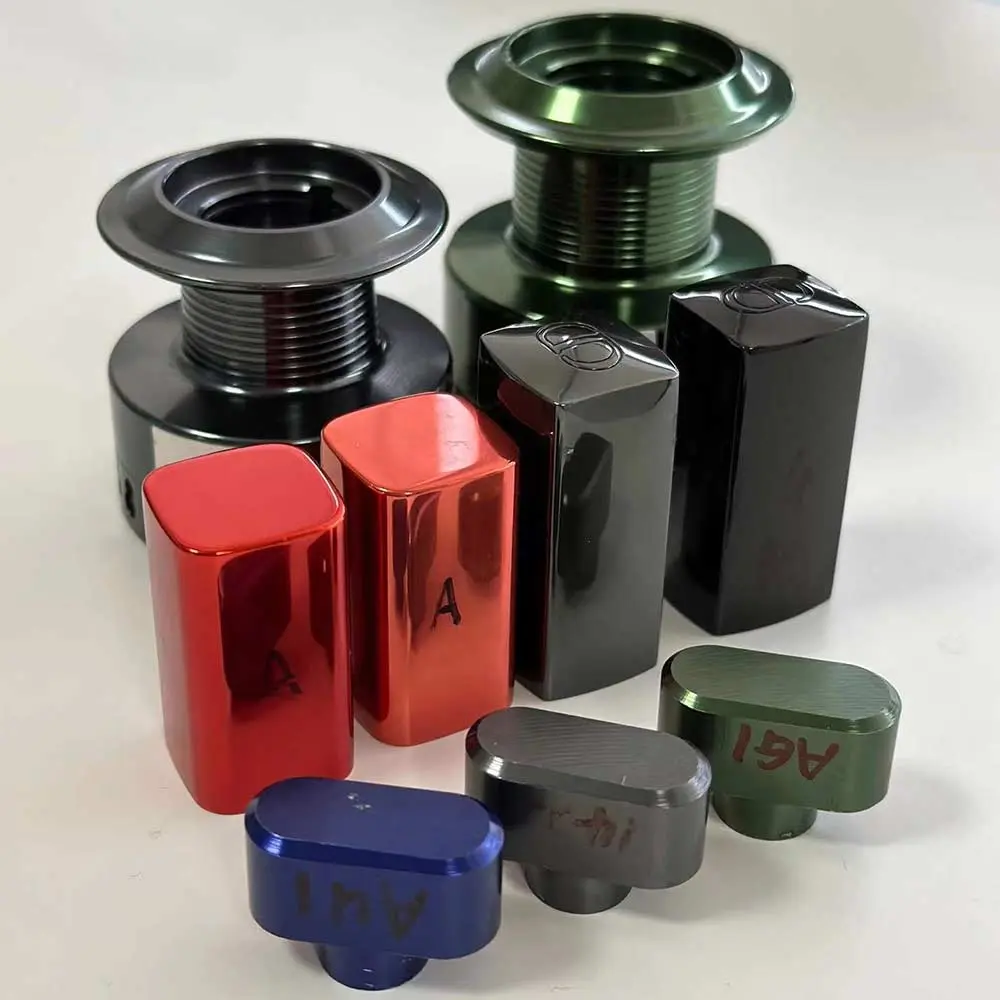
describe
| Type | Materials | Colors | Surface Textures | Thicknesses | Applications |
|---|---|---|---|---|---|
| Type I Chromic Acid Anodizing | Aluminum | Clear, black, blue, green, yellow, orange, red | Smooth, matte, satin | 0.00005-0.0002 inches | Corrosion protection, wear resistance, electrical insulation |
| Type II Sulfuric Acid Anodizing | Aluminum | Clear, black, blue, green, yellow, orange, red | Smooth, matte, satin | 0.00005-0.001 inches | Corrosion protection, wear resistance, electrical insulation, color anodizing |
| Type III Hardcoat Anodizing | Aluminum | Clear | Smooth | 0.0005-0.002 inches | Wear resistance, abrasion resistance, impact resistance |
| Phosphoric Acid Anodizing | Aluminum | Clear, black | Smooth, matte | 0.00005-0.0002 inches | Corrosion protection, weather resistance, architectural applications |
| Titanium Anodizing | Titanium | Clear, black | Smooth, matte | 0.00005-0.0002 inches | Corrosion protection, wear resistance, medical applications |
| Electrochemical Oxidation (EOC) | Aluminum | Clear | Smooth | 0.00005-0.0002 inches | Wear resistance, abrasion resistance, impact resistance |
Electroplating
Electroplating is a process that uses an electric current to deposit a thin layer of metal on a conductive object. The metal to be plated is dissolved in an electrolyte, and the object to be plated is made the cathode of an electrolytic cell. When the current is turned on, the metal ions in the electrolyte are attracted to the cathode and are reduced to a metallic form, depositing on the surface of the object.
Electroplating is used to improve the appearance, corrosion resistance, wear resistance, and electrical conductivity of objects. It is also used to build up thickness on undersized or worn-out parts, or to manufacture metal plates with complex shape, a process called electroforming.
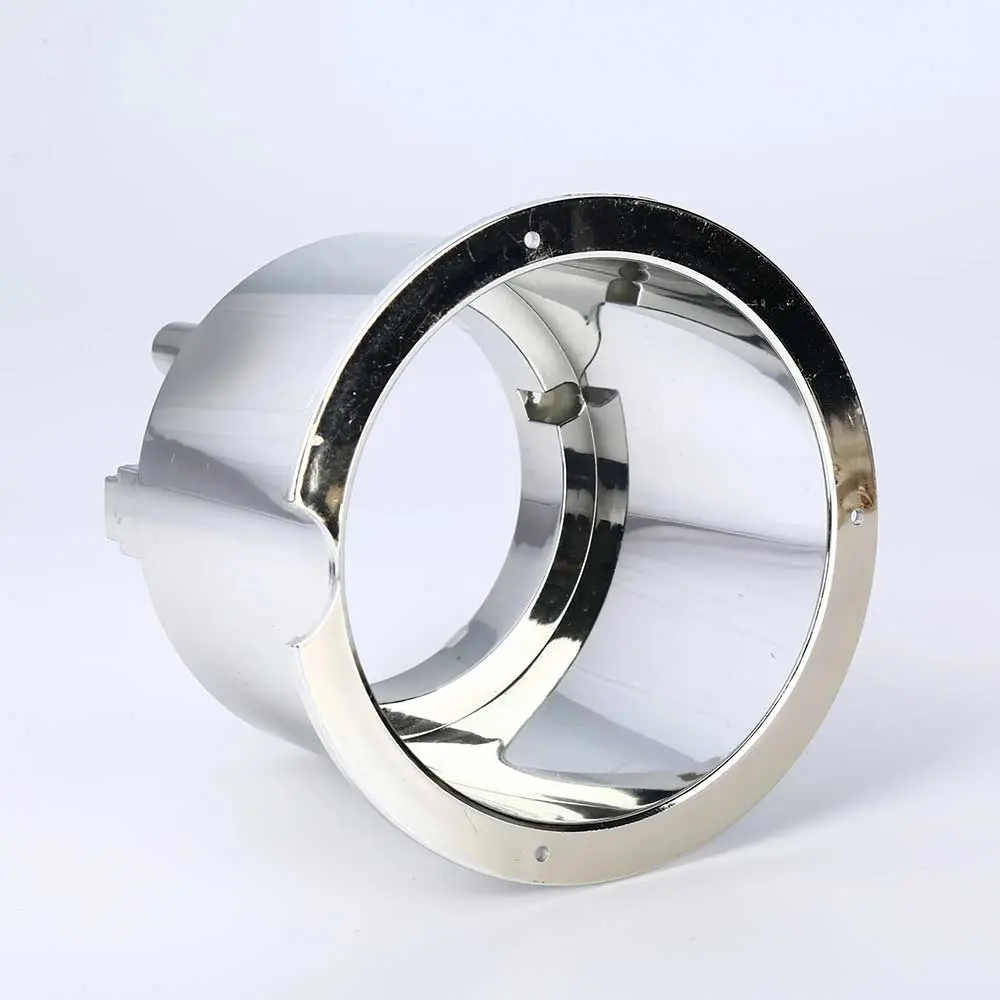
Specifications
| Type | Materials applied | Colors | Surface textures | Applications |
|---|---|---|---|---|
| Copper plating | Copper, brass, bronze, steel, iron | Gold, silver, bronze, black | Smooth, matte, textured | Jewelry, electrical connectors, coins, hardware, plumbing fixtures |
| Nickel plating | Nickel, steel, iron, aluminum | Silver, gold, black | Smooth, matte, textured | Jewelry, electrical connectors, coins, hardware, plumbing fixtures |
| Silver plating | Silver, copper, brass, bronze | Silver | Smooth, matte, textured | Jewelry, silverware, electrical connectors, coins |
| Gold plating | Gold, copper, silver, nickel | Gold | Smooth, matte, textured | Jewelry, electrical connectors, coins, watches, electronics |
| Chromium plating | Chromium, steel, iron, aluminum | Mirror-like finish | Smooth | Automotive parts, appliances, furniture, jewelry |
features
Functions:
- Decorative: Plating is used to decorate objects with thin layers of more expensive or corrosion-resistant metals. For example, silver-plated jewelry is made by plating a layer of silver on a base metal such as copper or nickel.
- Protection: Plating is used to protect objects from corrosion. For example, galvanized steel is used in many outdoor applications because the galvanized layer protects the steel from rusting.
- Functionality: Plating can be used to improve the functionality of an object. For example, gold-plated electrical connectors improve the conductivity of the connector.
Considerations:
Tolerance thickness: The thickness of the plating can be affected by the tolerance of the injection molded or casted part. If the part is not within tolerance, the plating may not adhere properly or may be uneven.
Complex shapes: Complex shapes can be difficult to plate. This is because the plating solution can get trapped in the small crevices and voids of the part. This can lead to uneven plating or voids in the plating.
Porosity: Porosity in the injection molded or casted part can also lead to voids in the plating. This is because the plating solution can seep into the pores of the part.
Polishing
Polishing is a process of removing scratches, blemishes, and other imperfections from a surface. It is often used to improve the appearance of a surface, but it can also be used to improve the performance of a surface. Polishing a metal surface can make it more corrosion-resistant or more reflective.
Mechanical polishing: This type of polishing uses a hard, abrasive material to remove material from the surface of the object being polished. Mechanical polishing can be done by hand or with a machine.
Chemical polishing: This type of polishing uses a chemical reaction to remove material from the surface of the object being polished. Chemical polishing is often used for polishing metals.
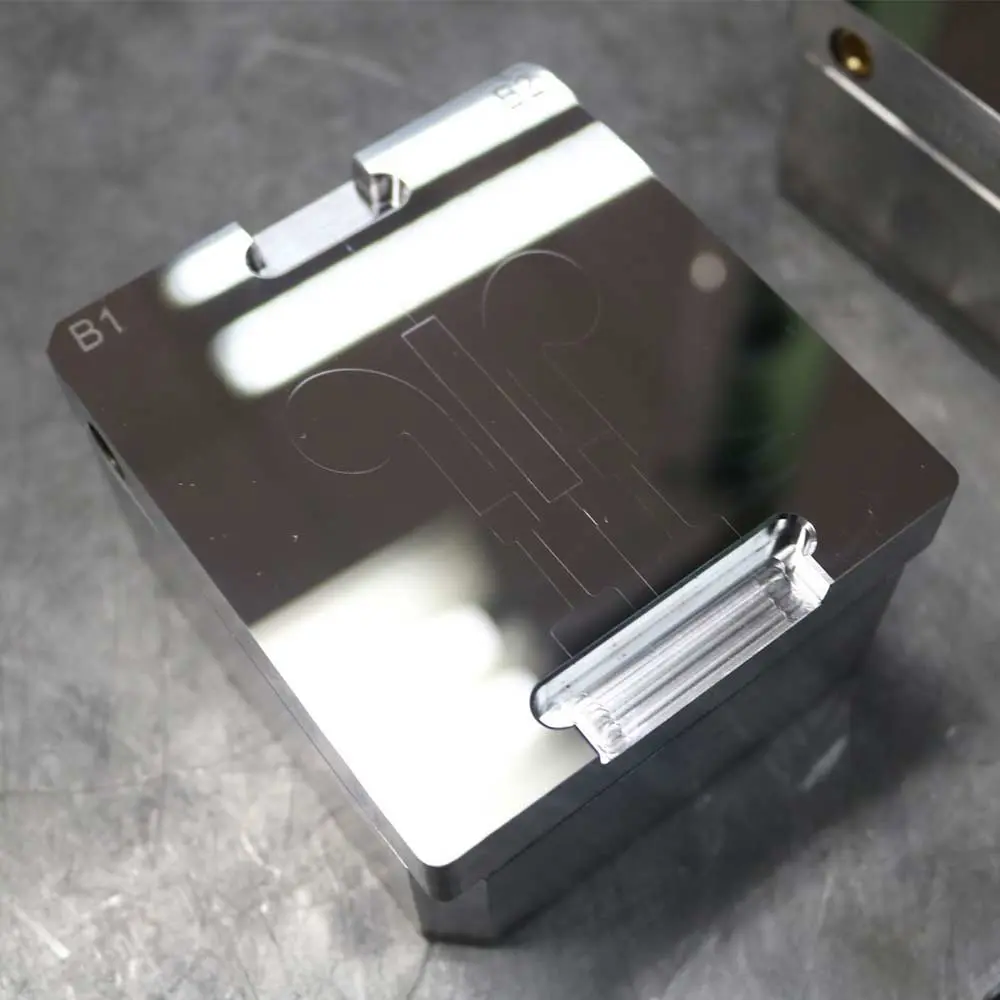
Specifications
| Features | Info |
| Materials | Aluminum, Brass, Stainless Steel, Steel |
| Colors | n/a |
| Texture | Smooth, shiny |
| Types | Mechanical polishing, chemical polishing |
| Applications | Lenses, jewelry, sealing parts |
features
Functions:
- Decorating: Polishing is used to decorate objects with a thin layer of a more expensive or more corrosion-resistant metal. For example, silver-plated jewelry is made by electroplating a layer of silver on a base metal such as copper or nickel.
- Protection: Polishing can be used to protect objects from corrosion. For example, zinc-plated steel is used in many outdoor applications because the zinc coating protects the steel from rust.
- Functionality: Polishing can be used to improve the functionality of objects. For example, gold-plated electrical connectors improve the conductivity of the connectors.
Benefit:
- Improved appearance
- Increased durability
- Reduced friction
- Increased reflectivity
- Enhanced corrosion resistance.
Powder Coating
Powder coating is a type of coating that is applied as a free-flowing, dry powder. The main difference between powder coating and conventional liquid paint is that powder coating does not require a solvent to keep the binder and filler parts in a liquid suspension form. Instead, the powder is typically applied electrostatically and then cured under heat, which allows it to form a hard, durable finish. Powder coating offers several advantages over traditional liquid coatings, including superior durability, resistance to chipping and scratching, and the ability to apply a wide range of colors and textures.
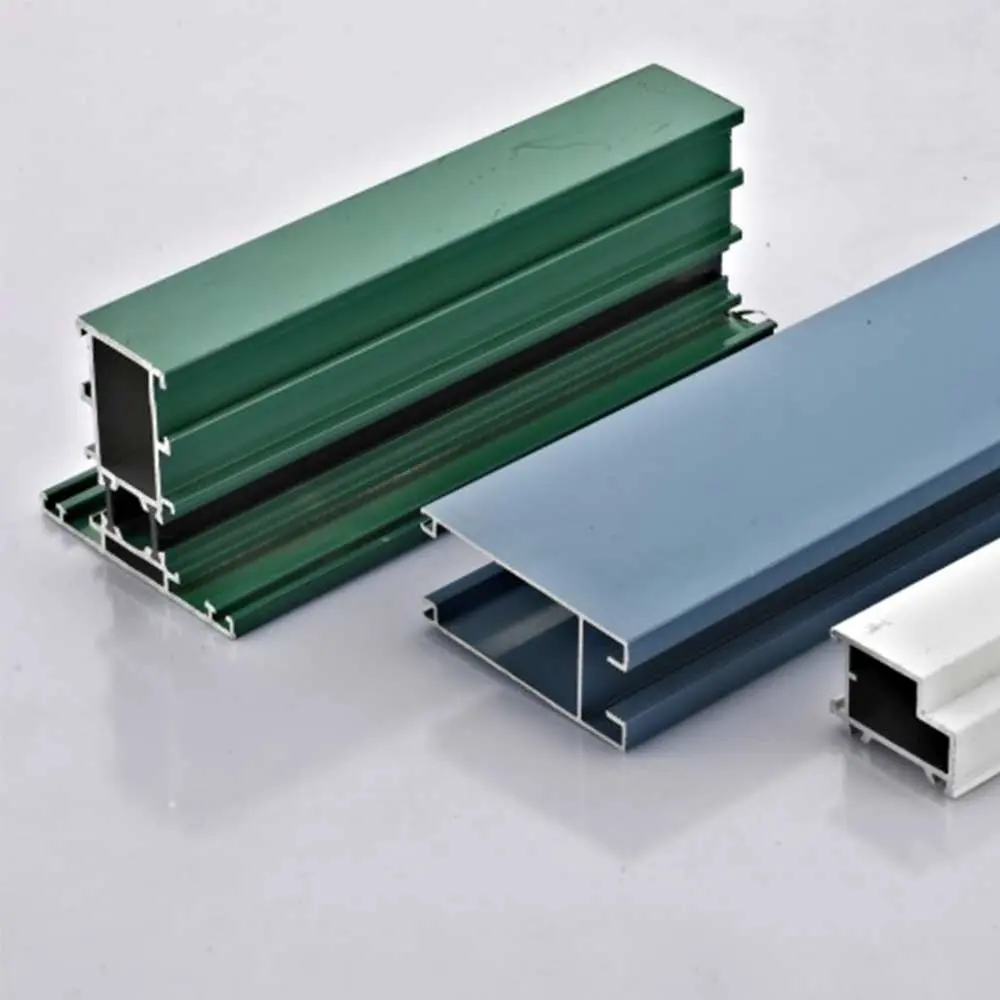
Specifications
| Features | Info |
| Materials | Aluminum, Stainless Steel, Steel |
| Colors | Thousands of colors |
| Texture | Smooth, textured, hammered, metallic, pearlescent, fluorescent |
| Types | Thermoset, thermoplastic, UV curable |
| Applications | Household appliances, aluminium extrusions, drum hardware, automobiles, bicycle frames, furniture, tools, electrical equipment, toys, and more |
features
Functions:
- Thickness: Powder coating adds a layer of material to the surface of the part and it may be necessary to cover or block these areas prior to coating to ensure they maintain their dimensions and tolerances.
- Pricing: The cost of powder coatings can vary depending on many factors, including the color, finish and geometry of the part.
- Conductivity: Most polymers used in powder coatings are poorly conductive, and in some cases it may be necessary to use a conductive powder coating material or add a conductive layer to the part after coating.
Benefit:
- Durability: Powder coating is a very durable finish that can withstand a variety of environmental conditions, including extreme temperatures, moisture, and chemicals.
- Corrosion resistance: Powder coating is also resistant to corrosion, making it a good choice for outdoor applications.
- Thick film: Powder coating can be applied in a thick film, which provides excellent coverage and protection.
- Color options: Powder coating is available in a wide variety of colors, including custom colors.
Brushing
Brushing is a finishing process used to achieve a smooth, uniform surface texture on various materials such as metals, plastics, and wood. The process involves using a brush to create a consistent pattern of strokes on the surface of the material.
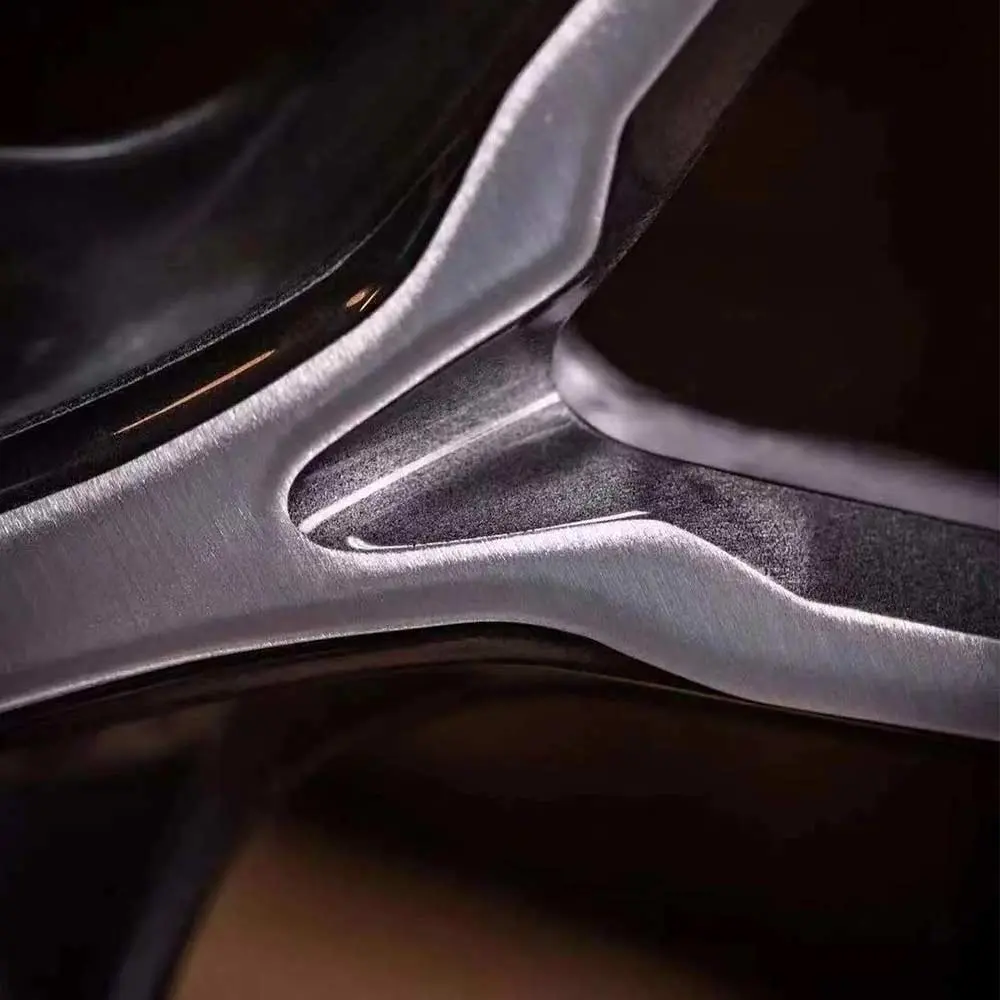
Specifications
| Features | info | |
| Materials | Metals (Stainless steel, aluminum) | Plastics (Acrylic, polycarbonate) |
| Colors | Silver, gold, black, bronze, and other colors based on material used | Clear, frosted, colored |
| Surface Textures | Fine or coarse, depending on the grit size of the brush | Smooth or textured, depending on the brush used |
| Standards | ASTM B912, ISO 8501-1, AS 1627.9 | ISO 2409, ASTM D3359 |
| Applications | Aerospace, automotive, architectural, and industrial applications | Consumer electronics, medical equipment, automotive components |
features
Functions:
- Geometry: The geometry of the part will determine the accessibility of the surface to be brushed.
- Orientation: The orientation of the part in the mold or during the casting process will affect the surface finish and brushing effect.
- Tolerances: The tolerance requirements of the part should be considered when designing the brushing. Brushing removes small amounts of material from the surface, which can affect the overall dimensions of the part.
Benefit:
- Improved surface finish: Helps remove any imperfections from the surface of the mold or casting, resulting in a smoother, more uniform finish.
- Increased Durability: Helps create a more durable finish that is less likely to chip or scratch.
Enhanced corrosion - Resistance: can help improve the corrosion resistance of the finished product, making it more suitable for use in harsh environments.
- Reduces porosity: Brushing helps to reduce the porosity of the coating. This can make the coating more resistant to water and prevent it from absorbing moisture.
- Reduced cost: Brushing is a more cost effective way to improve the surface finish of a product than other methods such as sanding or polishing
Painting
Brushing is a finishing process used to achieve a smooth, uniform surface texture on various materials such as metals, plastics, and wood. The process involves using a brush to create a consistent pattern of strokes on the surface of the material.
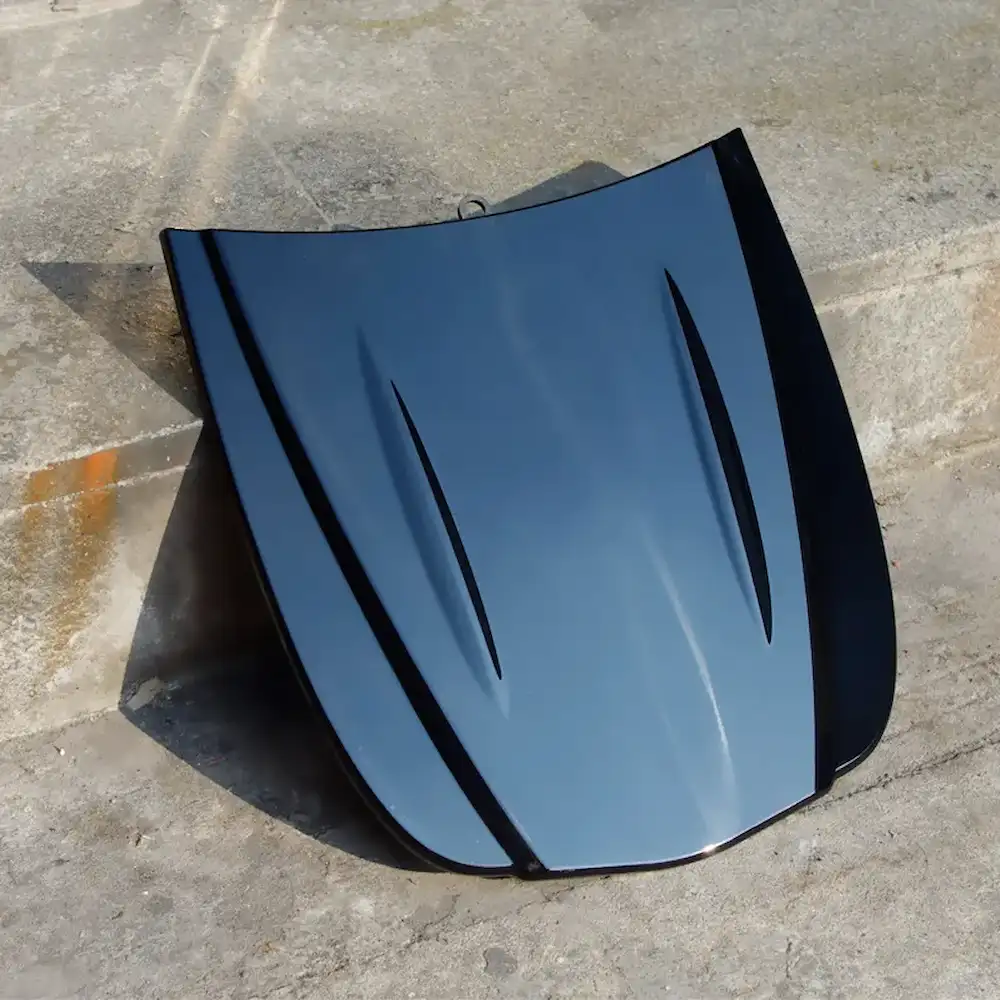
Specifications
| Features | Info |
| Material | Aluminum, Stainless Steel, Steel |
| Color | Black, any RAL code or Pantone number |
| Applications | Household appliances, vehicle parts, aluminum extrusions |
| Textures | Gloss, semi-gloss, flat, metallic, textured |
features
Functions:
- Thickness: Thinner parts may require more paint coatings to achieve a good finish.
- Shape: Complex parts with sharp edges or corners may be more difficult to paint than parts with simple shapes.
- Surface finish: Rough surfaces may require a primer coat to improve adhesion.
Benefit:
- Improved aesthetics: Painting improves the appearance of plastic parts by providing a smooth, even finish that hides any imperfections or blemishes on the surface.
- Customization: Painting allows for a greater degree of customization of the final product.
- Protection: Paint provides a layer of protection against environmental factors such as UV radiation, humidity and chemical exposure.
- Durability: Properly applied coatings can increase the durability and longevity of plastic parts, improving their wear resistance and extending their life.
- Branding: Painting can also be used to add logos, branding and other design elements to plastic parts, enhancing their marketing value and visual appeal.
Pad Painting
Pad printing is a versatile printing process that involves transferring a design or image from a printing plate onto a 3D object using a soft silicone pad. This method of printing is ideal for printing onto irregularly shaped objects, as the silicone pad can conform to the shape of the object being printed on, ensuring a clean and accurate transfer of the design.It is also a precise process that can be used to print small details. This makes pad printing a good choice for printing on a variety of products, including medical devices, automotive parts, and promotional items.
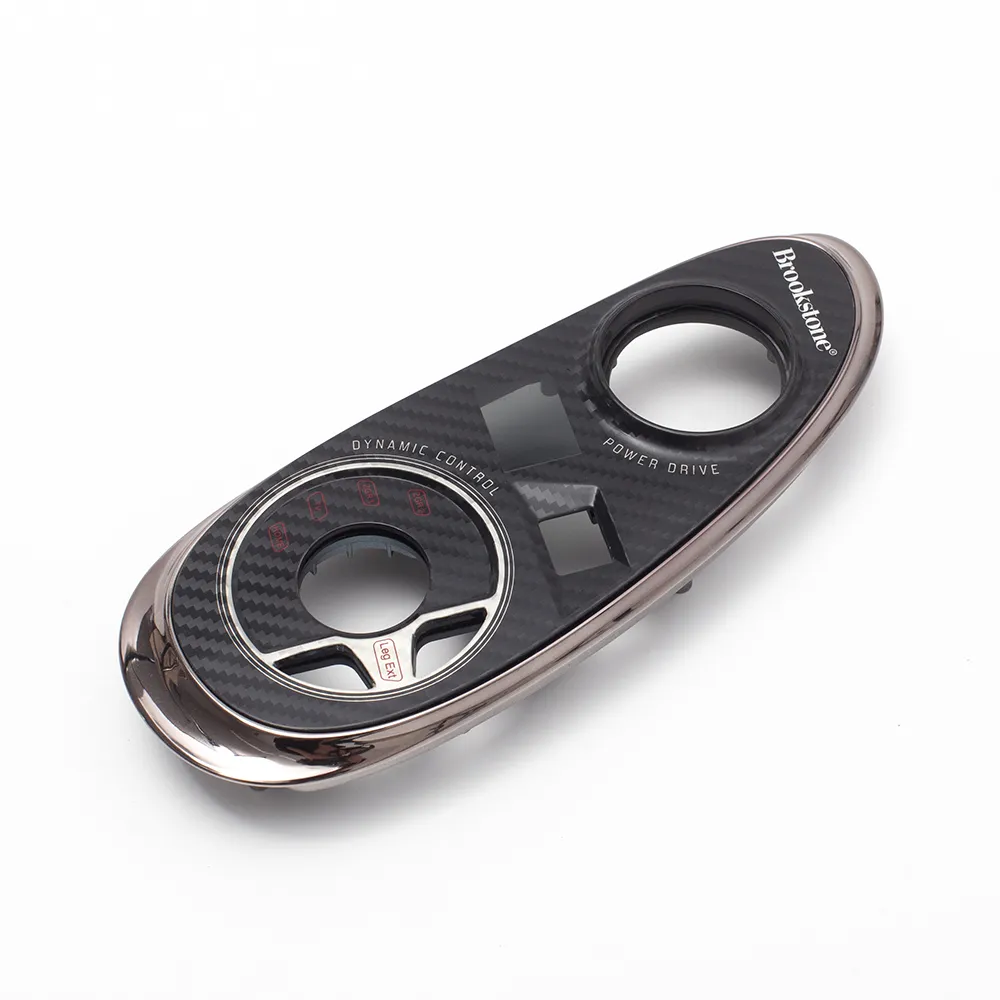
Specifications
| Feature | Description |
|---|---|
| Application materials | Metal, plastic, and more |
| Colors | Any color ink can be used |
| Surface textures | Any surface texture can be printed on |
| Types | Flatbed and rotary |
| Applications | Automotive Aerospace Medical Consumer goods Sporting goods Electronics Promotional products |
features
Functions:
- Draft angle: The draft angle of the part should be at least 1 degree. This will allow the pad to remove the ink from the printing plate without damaging the part.
- Minimum Feature Size: The minimum feature size that can be printed by pad printing is typically 0.005 inches.
- Part Thickness: The maximum thickness of a pad-printable part is typically 0.25 inches. This is because the pad needs to be able to fit on the surface of the part.
- Part Material: Pad printing can be used on a variety of materials, including metals and plastics. However, rubber and silicone are more difficult to print on than other materials.
Benefit:
- High-quality printing: Pad printing can produce high-quality prints with sharp details and vibrant colors.
- Durable prints: Pad printing inks are designed to be durable and resistant to fading, scratching, and chipping.
- Versatile process: Pad printing can be used to print on a variety of materials, including metal, plastic,.
- Accurate registration: Pad printing is a precise process that can be used to print complex designs and intricate details.
- Cost-effective: Pad printing is a cost-effective printing process that is suitable for both small and large production runs.
Laser
Laser engraving and laser etching are two methods of using a laser to create markings on a material. Laser engraving removes material from the surface of the material, creating a permanent etched mark. Laser etching, on the other hand, creates a contrast by changing the surface appearance of the material without removing any material. Both methods are commonly used for engraving and etching on a wide variety of materials.
Lasers are commonly used to mark and etch plastic parts, a precise and efficient method of applying permanent markings (such as serial numbers, logos and other identifying information) to plastic parts. Laser marking can be used on a wide variety of plastic materials, including ABS, polycarbonate, nylon and more. It’s also a non-contact process, which means it won’t damage parts or cause any distortion, making it an ideal solution for high-value parts.
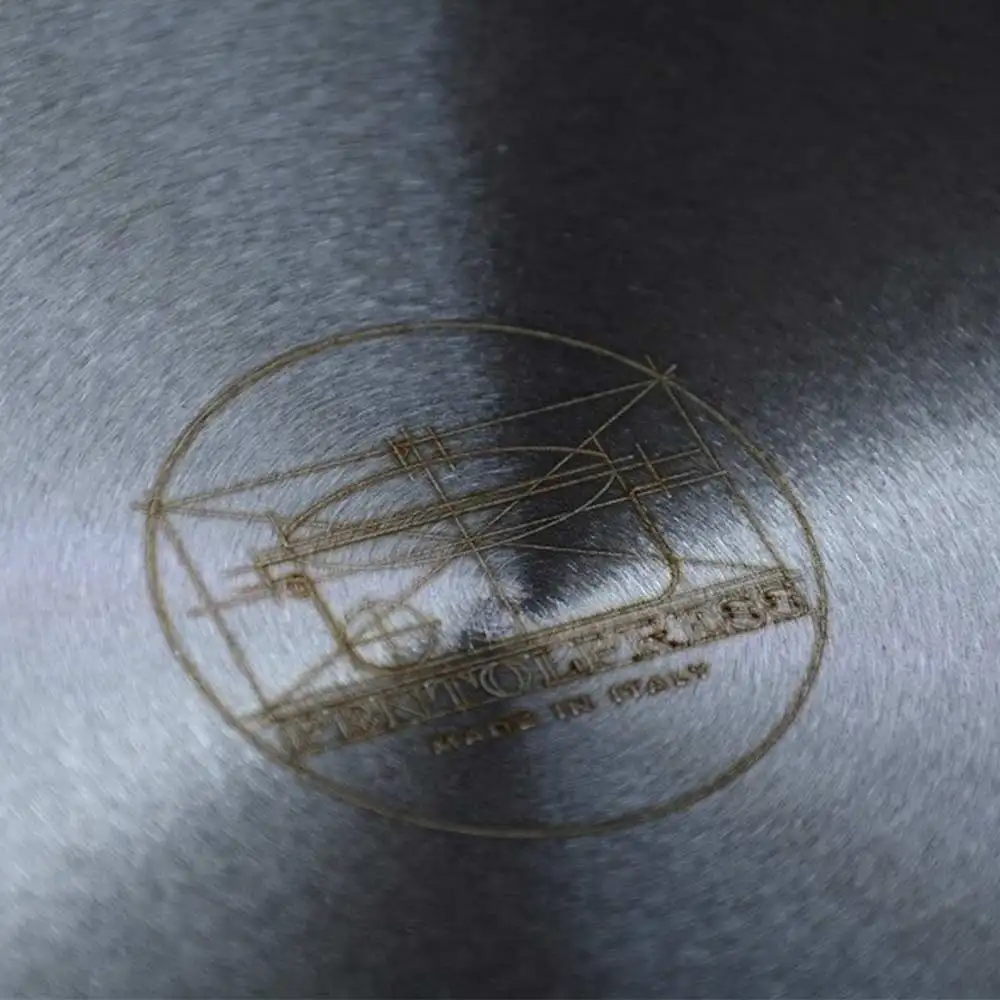
Specifications
| Feature | Laser Engraving | Laser Etching |
| Process | A laser beam is used to remove material from the surface of the workpiece, creating a raised image. | A laser beam is used to ablate material from the surface of the workpiece, creating a sunken image. |
| Results | The resulting image is raised above the surface of the workpiece. | The resulting image is sunken below the surface of the workpiece. |
| Applications | Laser engraving is often used for decorative purposes, such as adding logos or designs to products. It can also be used for functional purposes, such as marking identification numbers or serial numbers on products. | Laser etching is often used for decorative purposes, such as adding logos or designs to products. It can also be used for functional purposes, such as creating precision features on medical devices or aerospace components. |
| Materials | Laser engraving can be used on a wide variety of materials, including metal, plastic, glass, and wood. | Laser etching is best suited for materials that can be ablated by a laser, such as metal, plastic, and glass. |
| Cost | Laser engraving is typically less expensive than laser etching. | Laser etching is typically more expensive than laser engraving. |
| Speed | Laser engraving is typically faster than laser etching. | Laser etching is typically slower than laser engraving. |
features
Functions:
- Material: The material used must be compatible with laser cutting or engraving.
- Thickness: The material must be thick enough to withstand the laser beam without burning or melting.
- Surface finish: The surface finish of the material must be smooth enough to prevent reflection of the laser beam from the surface.
- Accuracy: The laser cutting or engraving must be accurate enough to meet the required tolerances.
Benefit:
- High precision: Lasers can be used to create very precise features, such as small holes or intricate designs.
- High speed: Lasers can be used to quickly and efficiently process materials, reducing production time.
- High quality: Lasers can produce high-quality parts with smooth surfaces and sharp edges.
- Low cost: Lasers can be a cost-effective way to produce parts, especially for small production runs.
- Environmentally friendly: Lasers do not produce any harmful emissions, making them a sustainable option for manufacturing.
Facilitate On-Demand Manufacturing for Quicker and Simpler Results.
Once you are prepared to commence your upcoming venture, you can effortlessly upload your 2D/3D CAD design files and our team of engineers will promptly provide you with a quotation within 24 hours.
- 10 to 500,000 parts available
- Save 50-70% costs
- 40% reduction in delivery time
Jacob Deng
- jacob@gainpower-mfg.com
- +86 132 1516 3182
Address
- 1112,No. 6 HengCheng Road, Chang 'an Town, Dongguan City,China(523880)
